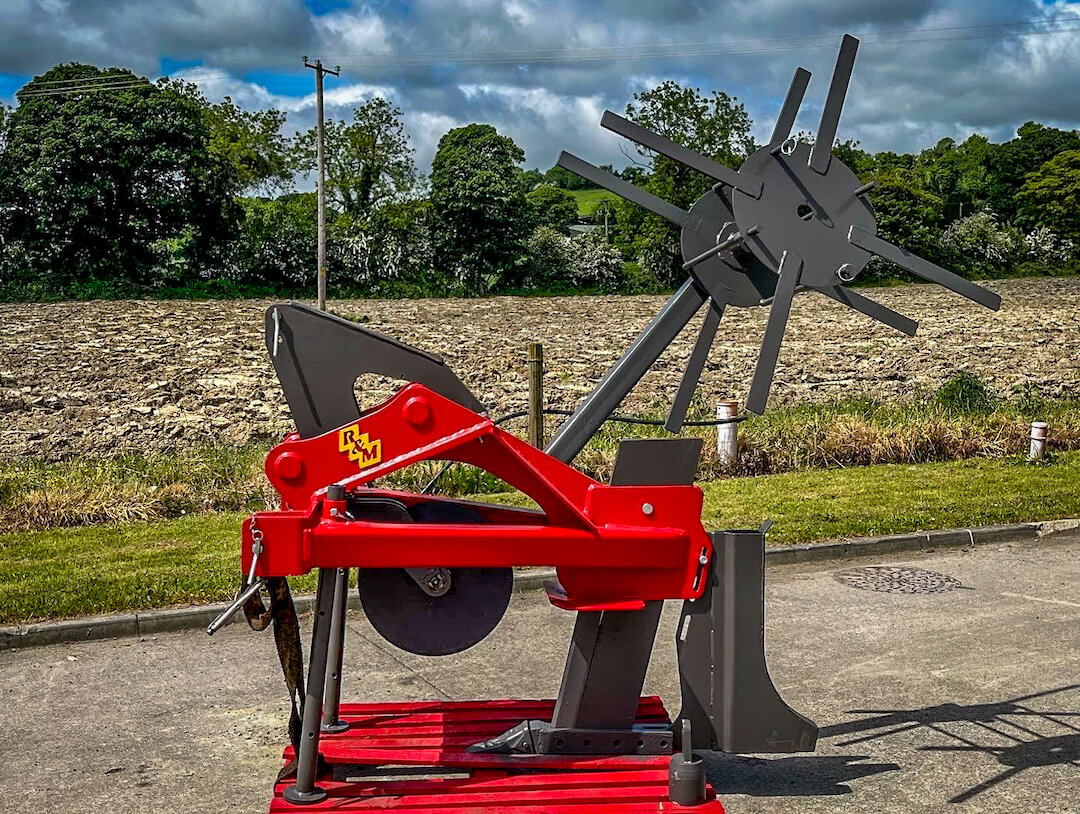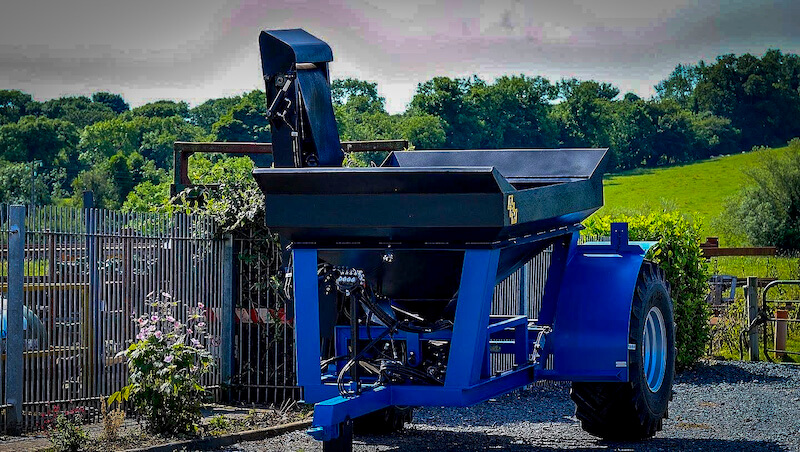Email: info@rmbuckets.com

In Ireland, land drainage is crucial in managing waterlogged soils, improving agricultural productivity, and mitigating flooding risks. As of 2024, technological advancements and evolving agricultural practices have shaped the landscape of land drainage methods and regulations. Here’s an overview covering various aspects of land drainage in Ireland:
- The Law of Natural Drainage:
The law of natural drainage in Ireland is primarily governed by the principle of riparian rights, which grants landowners the right to use and enjoy water flowing through or bordering their property. However, this right is subject to certain restrictions to prevent interference with neighbouring properties or public interests. Additionally, land drainage activities are regulated by environmental legislation to ensure minimal impact on water quality and biodiversity.

- Cost of Land Drainage:
The cost of land drainage in Ireland varies depending on several factors, such as the size of the area to be drained, the severity of waterlogging, the drainage method employed, and the site’s accessibility. Standard drainage techniques include surface drainage, subsurface drainage, and controlled drainage systems. Modern machinery and equipment have streamlined the drainage process, but costs can still be significant, especially for extensive drainage projects covering large agricultural areas.
- Optimal Depth for Land Drain:
The optimal depth for land drains depends on soil type, groundwater level, and the desired drainage level. In Ireland, where heavy rainfall is expected, deeper drains are often necessary to effectively remove excess water and prevent waterlogging. Depths typically range from 0.5 to 1.2 meters (1.5 to 4 feet), with deeper drains being more suitable for clay soils with poor permeability. However, avoiding excessively deep drains, which can lead to soil instability and environmental damage, is essential.

- Recommended Size of Stone for Land Drainage:
The size of stone used in land drainage systems influences their effectiveness in facilitating water flow and preventing clogging. In Ireland, the common practice involves using graded stones with sizes ranging from 20mm to 50mm (0.8 to 2 inches) in diameter. This range allows for sufficient void spaces between stones to promote water movement while preventing the entry of fine soil particles that could obstruct drainage channels. Additionally, using geotextile membranes can further enhance the longevity and performance of land drainage systems by preventing soil infiltration into drain pipes.
In conclusion, land drainage in Ireland in 2024 is guided by legal principles, technological advancements, and environmental considerations. While the cost of drainage projects can be significant, the benefits of improved agricultural productivity and reduced flood risk justify the investment. Landowners can effectively manage waterlogged soils and promote sustainable land use by adhering to optimal drainage depths and using appropriate materials.



